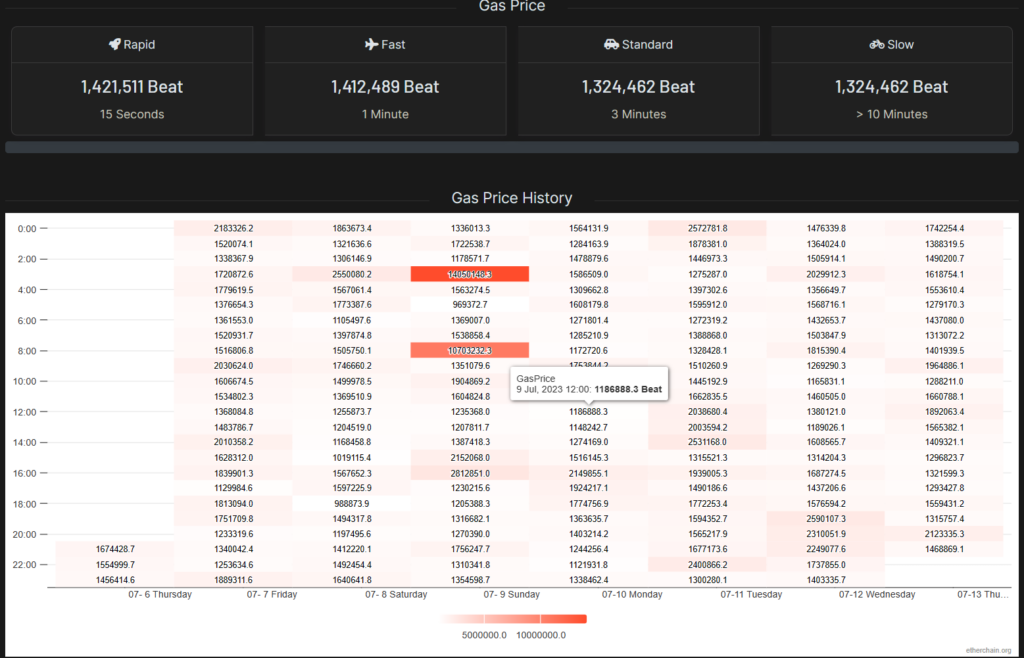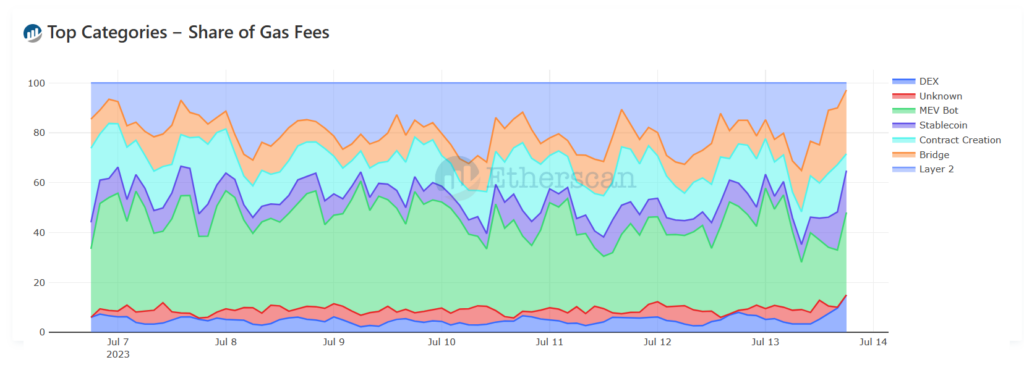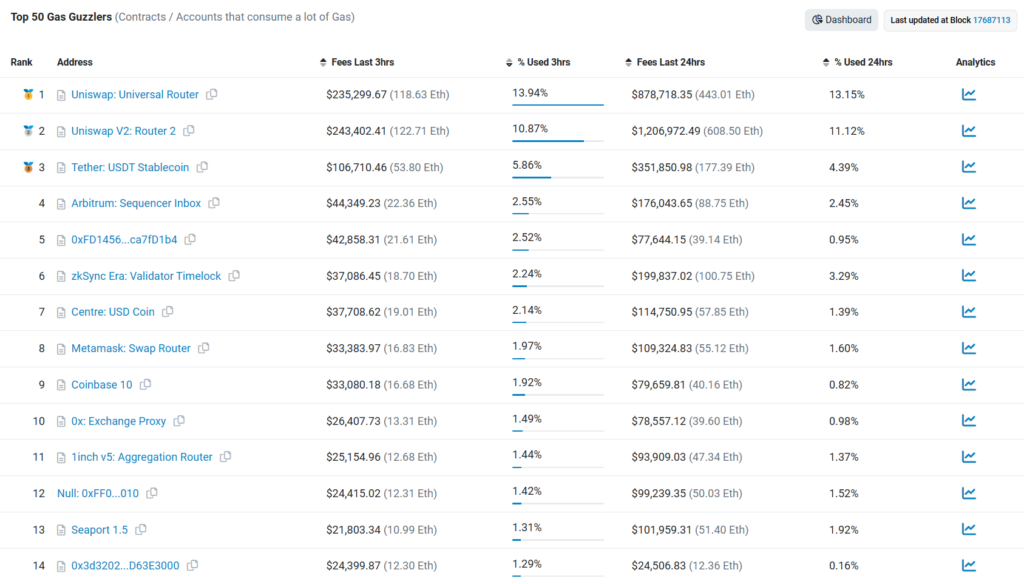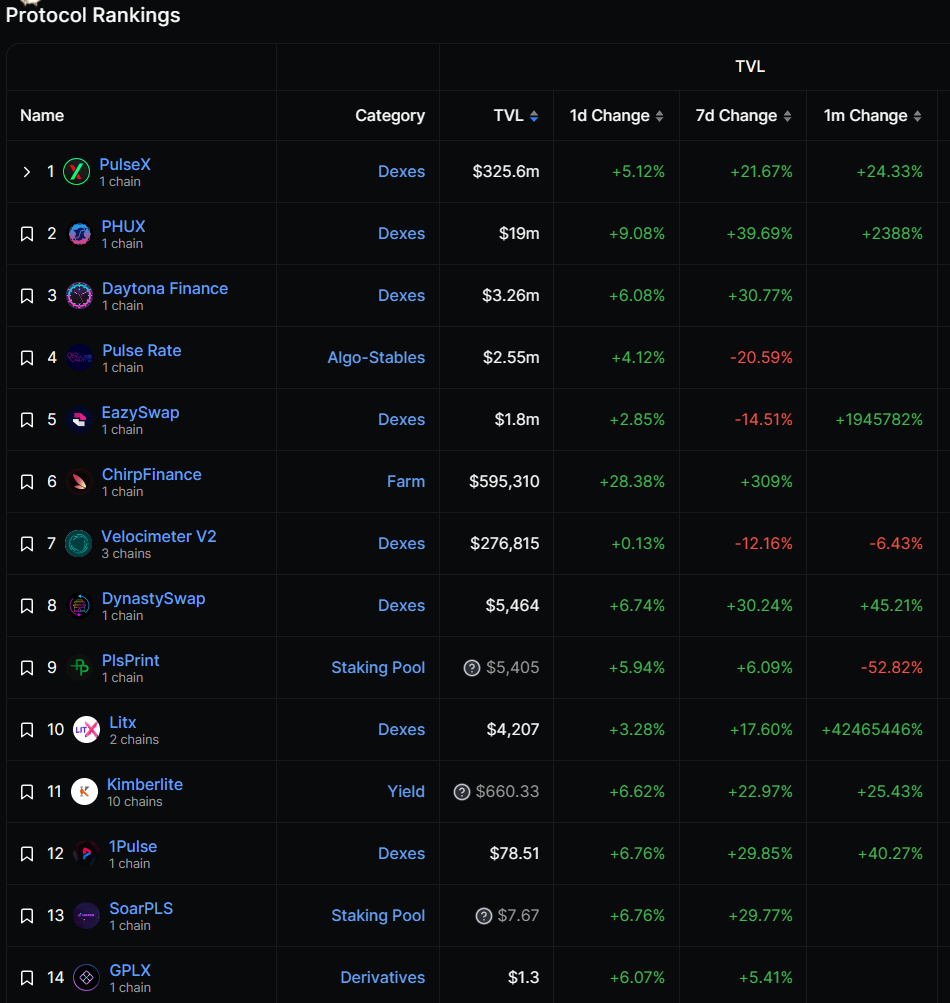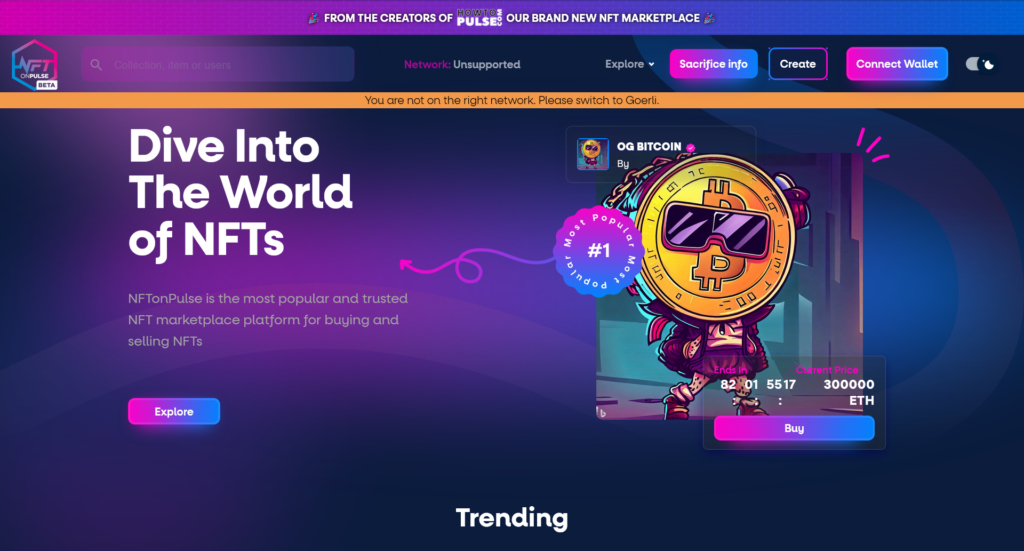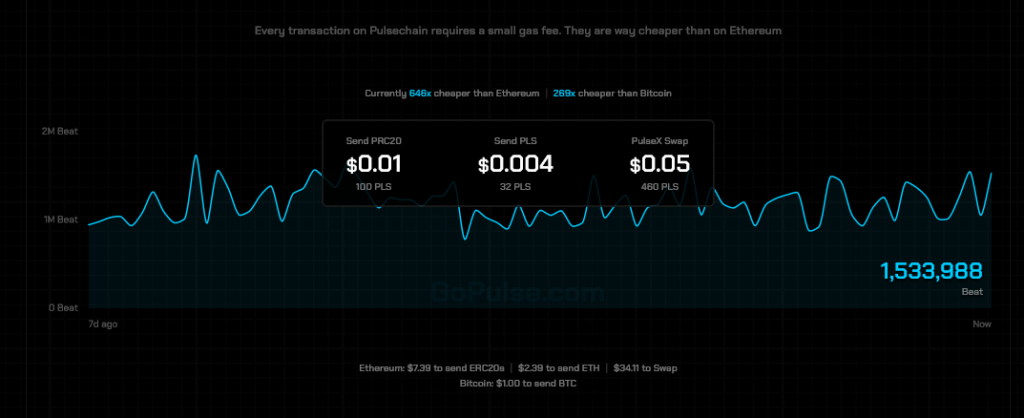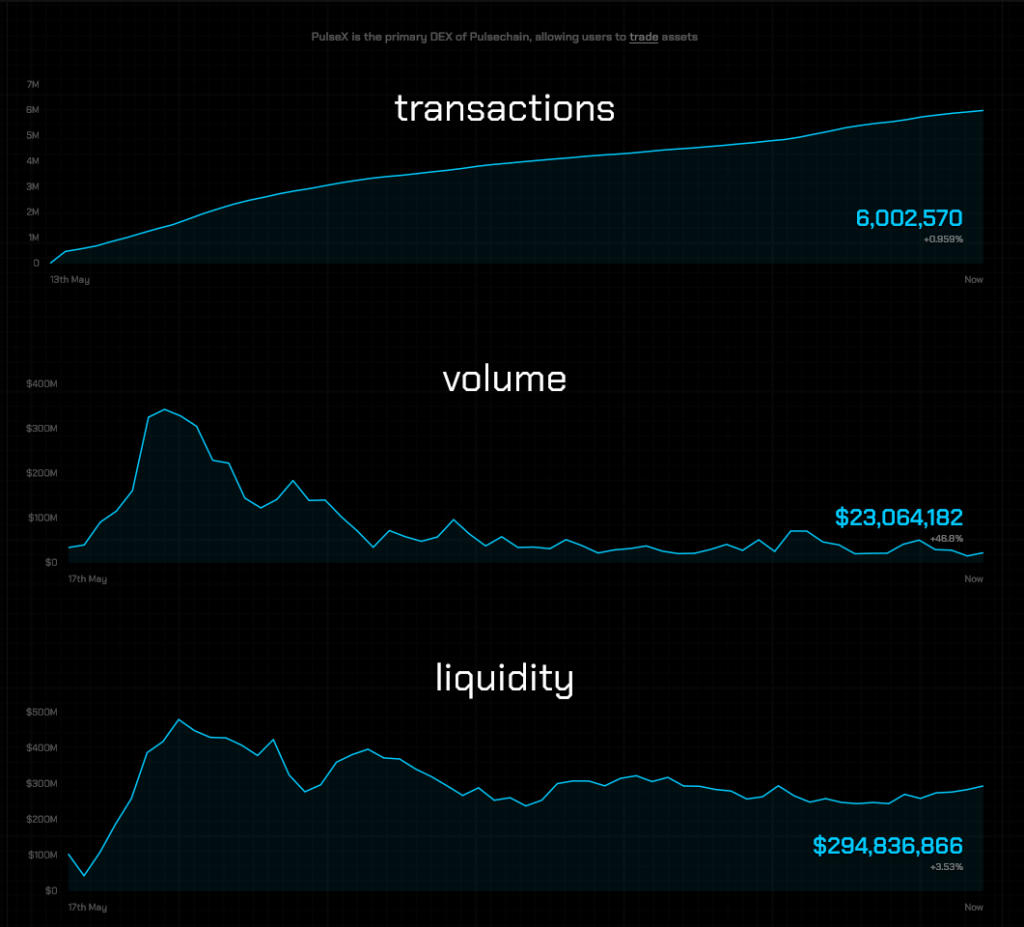PulseChain is a fork of Ethereum, and it inherited its full state, meaning that its fate will be similar because no major upgrades have been introduced to change its course. PulseChain, however, managed to become 17% faster with cheaper gas fees. Today we explore what influences gas prices and contemplate their future.
The scaling dilemma
Richard Heart created PulseChain as a solution for the high gas fees that plague Ethereum and especially the Hexicans. The gas cost to end a HEX stake has lots to do with the nature of the smart contract, which needs to do computational work for each day of the stake. This work results in higher gas fees the longer the stake is. If, in addition to this work, the end stake term falls during a high gas fee period, it adds to the total cost of the final transaction. Ending a 15-year-old stake may be unprofitable or very expensive. This isn’t a big issue on Pulsechain because gas fees are very low, but will that always be the case?
There are over 62.1 million smart contracts on Ethereum, and this number grows by tens or hundreds of thousands per week.
PulseChain inherited all of these smart contracts, but the majority are still inactive. As PulseChain adoption grows, the number of new contracts and activity will increase, along with gas fees. Does this mean that Pulsechain is likely to face the same high gas fees as Ethereum in the future? Yes, if the growth is similar and no solutions are adopted, the outcome will be comparable. This has to do with the growing state of Ethereum and PulseChain, which impacts gas fees.
The state of Pulsechain refers to the current state of all accounts, smart contracts, and data stored on the blockchain. As the state grows in size, it requires more computational resources and storage space to process and maintain.
Gas fees on PulseChain are determined by the amount of computational work and storage space required to execute a transaction or interact with a smart contract. When the state of PulseChain grows larger, it increases the complexity and resource requirements for processing transactions, which can lead to higher gas fees.
A larger state size can also impact network congestion and block propagation times. If there is limited block space available due to a larger state size and high transaction volume, users may need to compete by offering higher gas fees to have their transactions included in a block.
Ethereum developers proposed solutions aiming at increasing scalability through mechanisms like state pruning, state rent, and layer 2 scaling solutions, which aim to mitigate the impact of the growing state on gas fees and overall network scalability.
PulseChain doesn’t need to worry about it just yet, as the fees are very low now.
Other elements like ETH price, market demand, transaction complexity, and network congestion have an impact on gas prices.
While Ethereum tries to scale through different L2 solutions and sidechains, PulseChain may in the future opt for a different approach where it scales by copying its state pruned off the conclamated scams or broken smart contracts that can’t work again because of their immutability. It would effectively be like upgrading your smartphone to a new version of the operating system. Users and liquidity migration to an upgraded version shouldn’t be an issue because there wouldn’t be an ideological divide like there is now between the Ethereum and PulseChain crowds.
The major argument against this kind of scaling is the coordinated elimination of historical data from the blockchain.
Gas guzzlers
Protocols that have a major impact on Ethereum gas fees are DEFI protocols, stablecoin transactions, and NFTs.
DeFi protocols are among the most active and impactful applications on the Ethereum network. Platforms such as Uniswap, SushiSwap, Aave, Compound, and MakerDAO facilitate decentralised trading, lending, borrowing, and other financial activities. During periods of high demand, the increased usage and transaction volume on these platforms can contribute to network congestion and drive up gas fees.
Stablecoins such as Tether (USDT), USD Coin (USDC), and DAI are frequently used for trading, liquidity provisioning, and as collateral in lending protocols. As stablecoins involve numerous transactions, their popularity and usage can impact network congestion and increase gas fees.
Minting, trading, and transferring of NFTs can generate substantial transaction volume, which, during peak times, can contribute to network congestion and elevated gas fees.
Layer 2 scaling solutions such as Optimistic Rollups and zk-rollups also take a considerable portion of the gas fees, but without them, Ethereum’s congestion would be much bigger.
Leverage protocols
Aave, Lido, Curve Finance, MakerDAO, and Compound are prominent decentralised finance (DeFi) protocols built on the Ethereum blockchain that can indirectly influence gas fees through their usage patterns and impact on network congestion. It’s because liquidation events spike gas when people frantically try to manage their leverage positions in an environment of high demand.
Leverage protocols on Ethereum, such as decentralised margin trading or lending platforms, can contribute to high gas fees due to several factors. Leveraged trading or lending protocols typically involve multiple steps and interactions with smart contracts. These transactions can be more computationally intensive and require more gas to execute compared to simpler transactions. They often require on-chain calculations, collateral management, and position settlement. Some leveraged protocols require interactions with external systems or oracles to obtain real-time market data or pricing information. These interactions can involve additional gas costs and introduce dependencies on external systems.
Aave, Maker DAO, and Compund are some of the leverage protocols using lots of Ethereum resources, but PulseChain has limited leverage activity. With Liquid Loans, Maker DAO, or PHIAT, this kind of transaction will grow.
PHIAT is a platform designed for leveraged trading of assets, specifically focusing on HEX. The introduction of PHIAT enables users to leverage or short HEX, which was previously not possible. Describing itself as a “DeFi bank” for the Richard Heart ecosystem, PHIAT offers a range of financial services such as lending, borrowing, leveraging, and shorting various currencies. In the DeFi space, liquidity can often be a challenge, but PHIAT aims to address this issue by allowing whales (large token holders) to cash out their assets without negatively impacting the price. It should be noted that PHIAT is a fork of AAVE, a popular lending and borrowing protocol on Ethereum, but with added support for HEX and its ecosystem.
Phux is a fork of a Balancer with liquidity pools and staking. Balancer is an automated rebalancing tool for liquidity providers. The plan is to collect community built stablecoins and put them in one pool to create an asset which cannot depeg. Phux has also single sided staking to earn yield on.
The DAI protocol is a stablecoin system developed by MakerDAO. Leverage, in the DAI protocol, refers to the ability to borrow DAI against collateralized assets. Leverage in DAI is a six-step process: collateralization, vault creation, borrowing DAI, stability fee, liquidation, repayment and closure. By utilising leverage in the DAI protocol, users can access additional liquidity without needing to sell their underlying assets.
NFTs
We mentioned already that NFT smart contracts are yet another big influence on gas fees. Gas requirements are larger than a standard ERC20 contract. Their trading also involves more complex transactions. Their impact on gas fees was visible right after the launch of PulseChain.
The deployment of the XENFT batch minter contract and the creation of the NFT as the key for all underlying addresses are very computationally intensive. One XENFT can occupy the entire block space; however, it is important to note that while some launches of new NFT collections cause spikes in gas fees, XENFT minters usually wait for very low gas prices to mint. This activity raises the base gas fee, but it hardly leads to high gas spikes.
A total of 213,800 XENFTs have been minted so far. Other known NFTs on PulseChain are PulsePunks. There are 10,000 of them, and all other NFTs that were copied from Ethereum haven’t been listed because there’s no NFT marketplace yet. All it means is that the real NFT trading activity hasn’t started yet.
With the advent of the NFTonPulse marketplace, which is currently in the sacrifice phase, NFT activity will rise, leading to higher transaction fees.
PulseChain gas situation
The current gas fee situation on PulseChain is very good. At 1,676,400 Beats on Pulse vs. 65 gwei on Ethereum, transactions are 613 times cheaper. Sending PLS costs barely $0.004 or 27 PLS, while sending ETH on Ethereum costs $2.27. A swap on PulseChain costs $0.05 or 460 PLS, and the same swap on Ethereum costs $34. The number of transactions is steadily growing, but the volume is declining. Adoption still needs to come, and an NFT marketplace may play a big role in it. The gas will surely rise, but PLS burn will also increase, reducing its supply.


